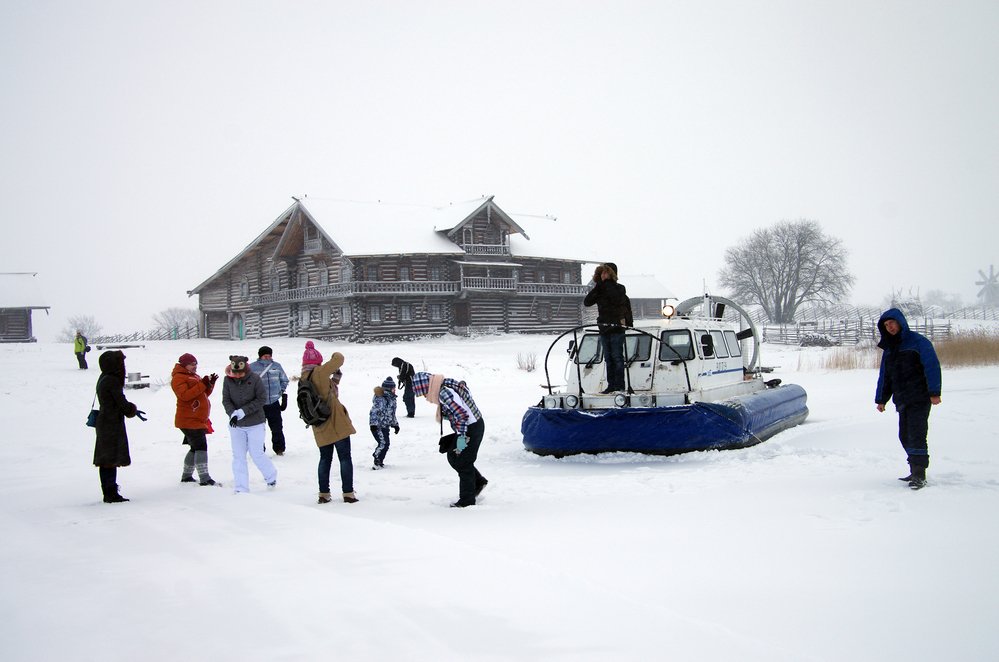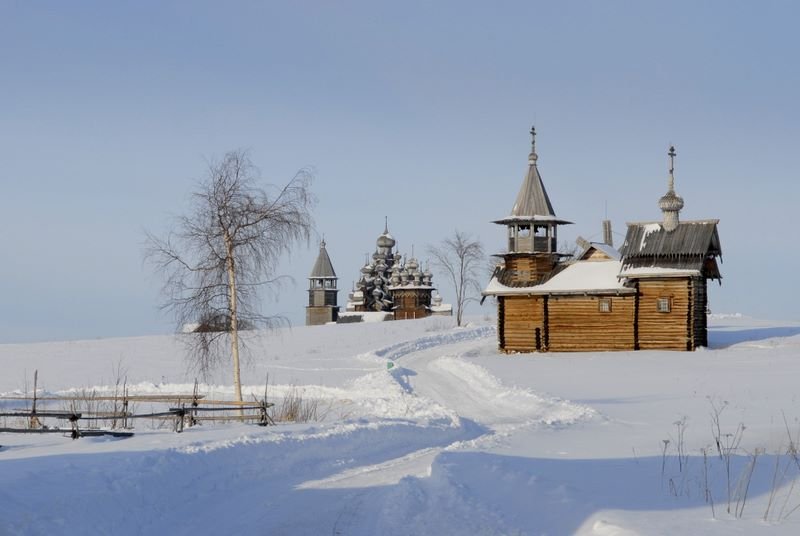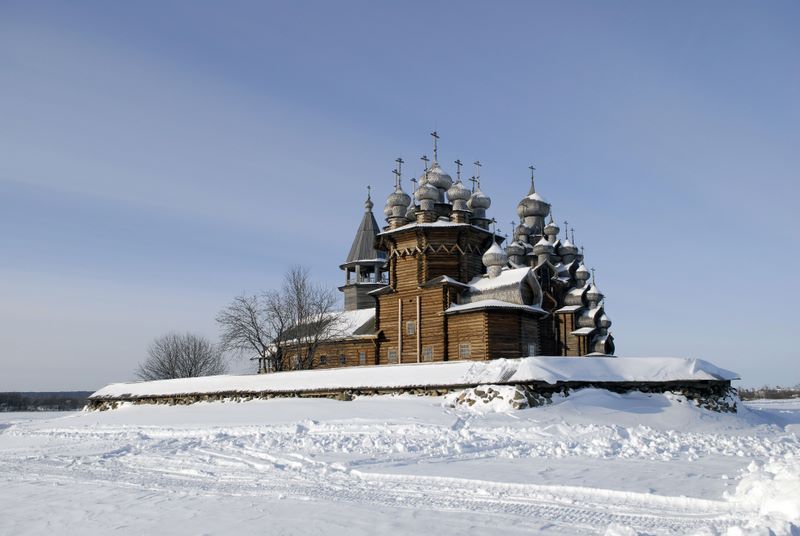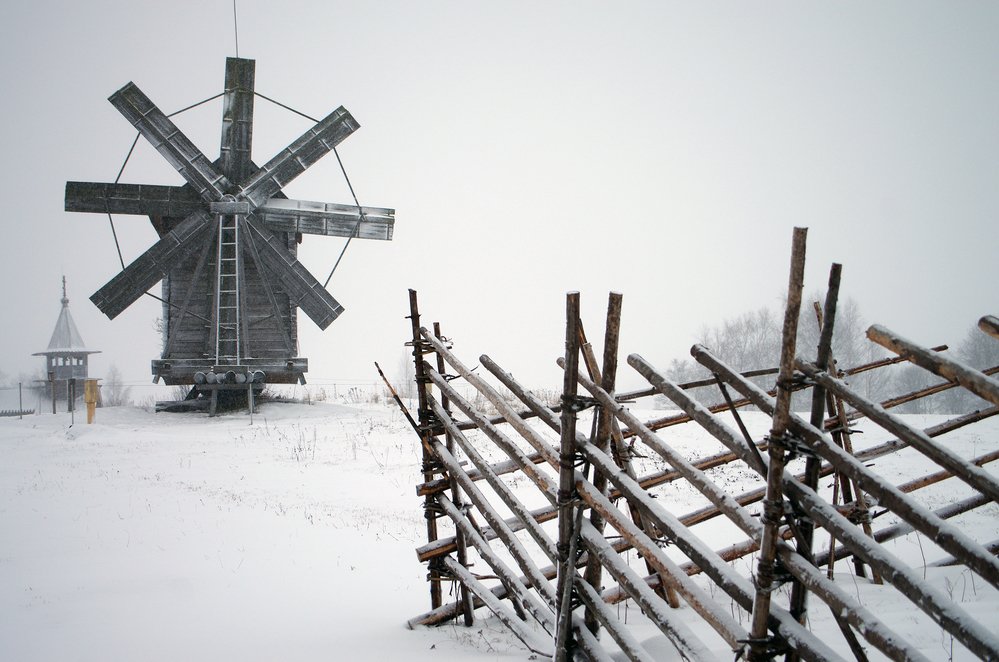Given its location in the far northern republic of Karelia, you could be forgiven for thinking that the UNESCO-listed museum on Kizhi Island would be off-limits to visitors during the winter months. Actually, the museum is open year-round. The museum is located in the middle of Lake Onega, but when temperatures drop and the lake freezes over, tourists arrive by snowmobile instead of by boat, an adventure in itself. Once you arrive on the island, access to the historic structures is easily possible on foot, but as temperatures can drop well below freezing, it’s wise to ensure that you dress appropriately – and of course that includes donning warm snow boots.

The museum showcases the culture of the local Karelian people and has been a fixture in that area for decades. In fact, in 2016, it celebrated its 50th anniversary. The island is home to a collection of historic wooden structures. All told there are an impressive 83 monuments, and you’ll see everything from ancient chapels to simple homes as well as structures that reflect the area’s agricultural heritage: windmills, granaries, threshing barns and drying racks. The island was farmed from early times until 1970, mostly devoted to the cultivation of grain and potatoes.

Many of the buildings that you’ll see at Kizhi have been transported there from elsewhere in Karelia. One of the must-sees is the Church of the Resurrection of Lazarus, which was originally situated at Murom Monastery. It holds the distinction of being the oldest surviving wooden church in Russia as it dates from the 14th century. Founder Lazarus, a resident monk, was canonised, and the faithful flocked to the church as it was reputed that illnesses could be cured after a visit.

The undisputed star of the show is the Church of the Transfiguration of our Saviour. It is easily recognisable on account of its twenty-two domes and its imposing stature – the church stands 37 metres tall. There are almost no nails used in its construction, save for a few that support the domes. Nearby, you’ll also see the Church of the Intercession of Holy Mary and a magnificent wooden bell tower, whose bells are still rung to this day. The museum prides itself on being a living museum and as such, there are regular demonstrations of traditional craft techniques in the peasant houses. The area was well known for its embroidery, beaded jewellery, weaving, knitting and woodcarving, so there’s much to learn.

You’ll be impressed with what you see on Kizhi Island but we’d advise that going with a guide will enable you to get the most out of your visit. Why not let us arrange your visit this winter?
